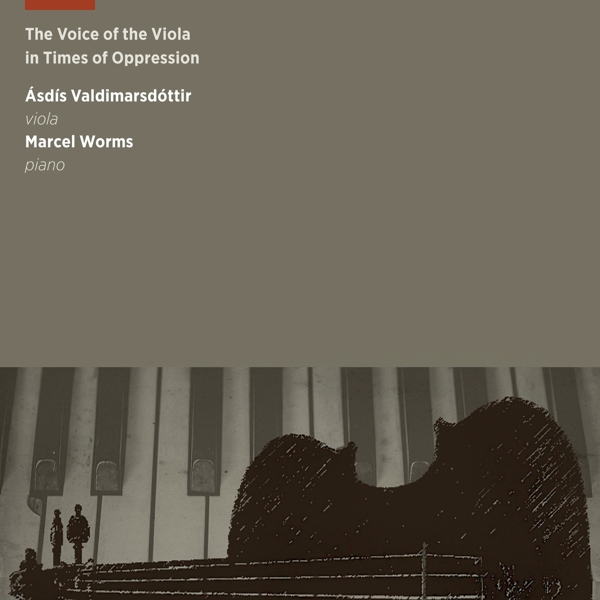Other products from Valdimarsdottir |
My Account
|
Log In
|
English |
€ Euro |
Advanced Search
|
All Categories
BEST SELLER
500
NEW RELEASES
10.914
SPECIALS
237.556
Your search:
No selection
Filter results:
TECHNICS
289.428
GAMES/SOFTWARE
27.338
MUSIC
705.178
Christian Music
744
- Asia Pop
9.446
- Austro Pop
208
- Brit Pop
239
- Dutch Pop
1
- Euro Pop
36
- French Pop
559
- Indie Pop/Lo Fi
24
- Italo Pop
282
- Latin Pop
6.849
- MiddleoftheRoad
2.462
- Oldies
62
- Other Pop
228.866
- Party
33
- Synthi Pop
316
- The 60s
251
|
Music Movie Audiobooks Merchandise Children's |




















